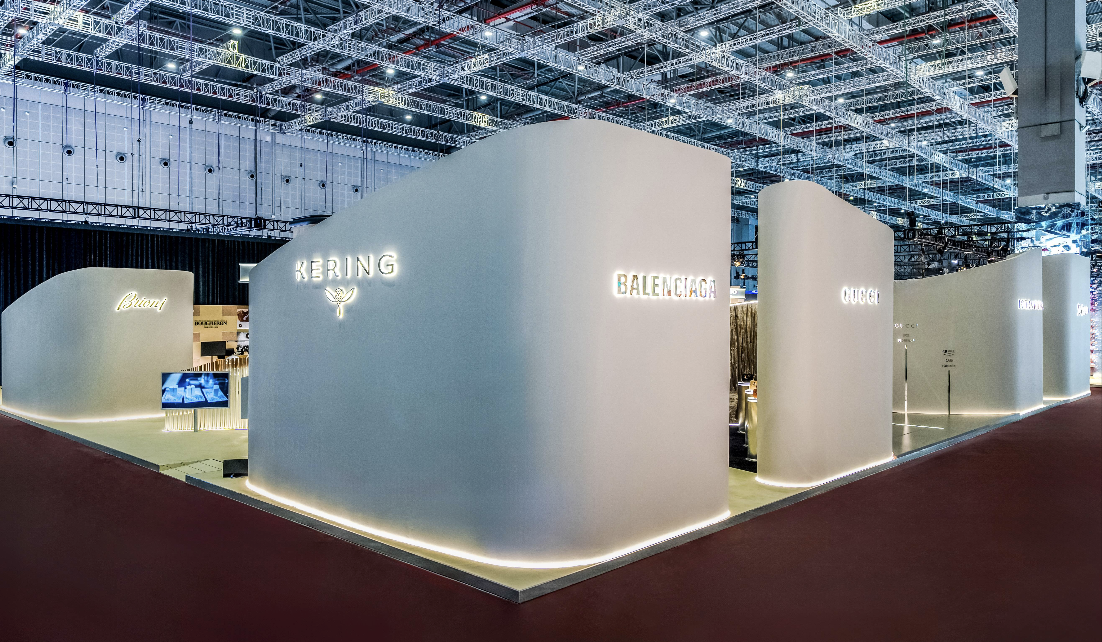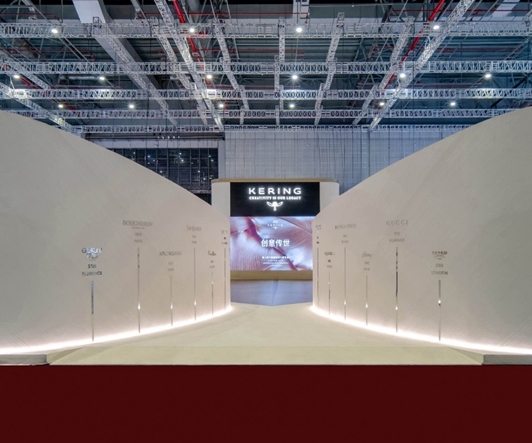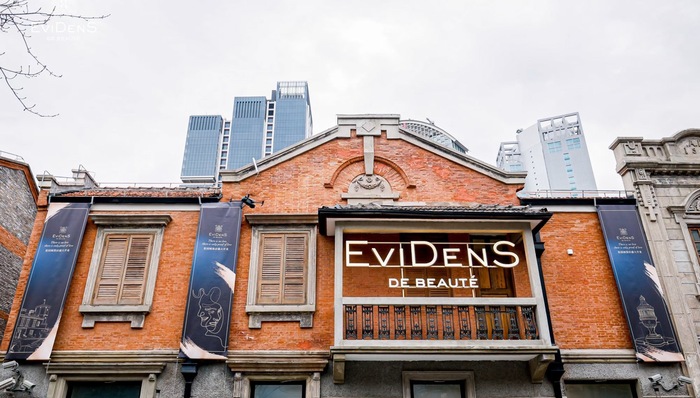After the close on April 23, French luxury giant Kering released key financial data for the first quarter of 2024: revenue declined by 11% year-on-year to €4.504 billion, and by 10% on a comparable basis. The group’s “weak” performance was dragged down by its flagship brand, Gucci, which saw its first-quarter revenue fall by 21% year-on-year to €2.1 billion and by 18% on a comparable basis.
It’s worth noting that at the Investor Day event in June 2022, Kering had set a “mid-term target” for Gucci’s sales at €15 billion. Industry analysts believe that Kering’s “mid-term target” was originally expected to be achieved around the 2027 fiscal year, but now it seems very challenging.
In fact, since last year, Gucci’s “transformation” and “growth” have been the focus of industry attention. Armelle Poulou, the newly appointed CFO as of April this year, and Claire Roblet, the Director of Communications and Market Intelligence, attended the earnings call after the release and shared updates on Gucci.
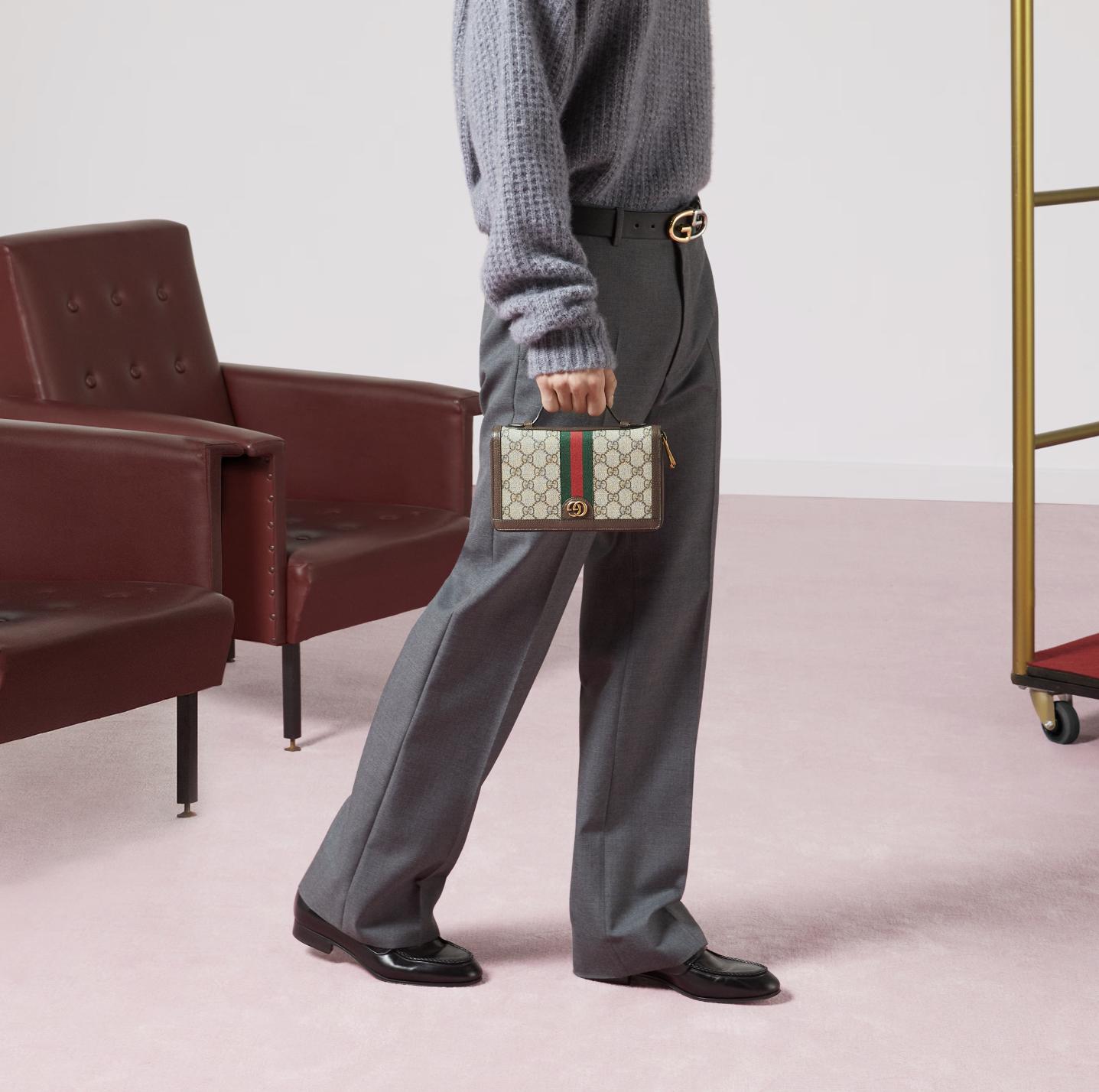
Armelle Poulou candidly stated that reviving Gucci’s growth momentum is a priority for Kering in the short term. Key to this revival are enhancing “desirability” and “exclusivity.”
The new Gucci collection designed by Creative Director Sabato de Sarno, who took office in May 2023, has been gradually sold in stores since mid-February and has been very popular, especially in ready-to-wear and footwear.
Poulou revealed that a wider range of categories will be launched in the second quarter, and the new collection’s contribution to Gucci’s revenue will increase from 20% in April to over 30% in June. Accordingly, the new collection is expected to contribute about 25% of Gucci’s revenue in the second quarter. By the third and fourth quarters, all Gucci store products will be designed by Sabato de Sarno.
“Freshness is crucial as it is a key factor in attracting customers to offline stores. We are gradually expanding the sales network for new products and styles under the new design concept,” added Poulou.
“Providing a balanced product mix is still very important; we want Gucci to be appealing across all price segments. Some products are positioned at the high end, but we may also have at least two mid-range lines,” Poulou stated. “We are balancing the needs between different customer groups, ensuring we remain attractive to both high-end consumers and aspiring customers.”
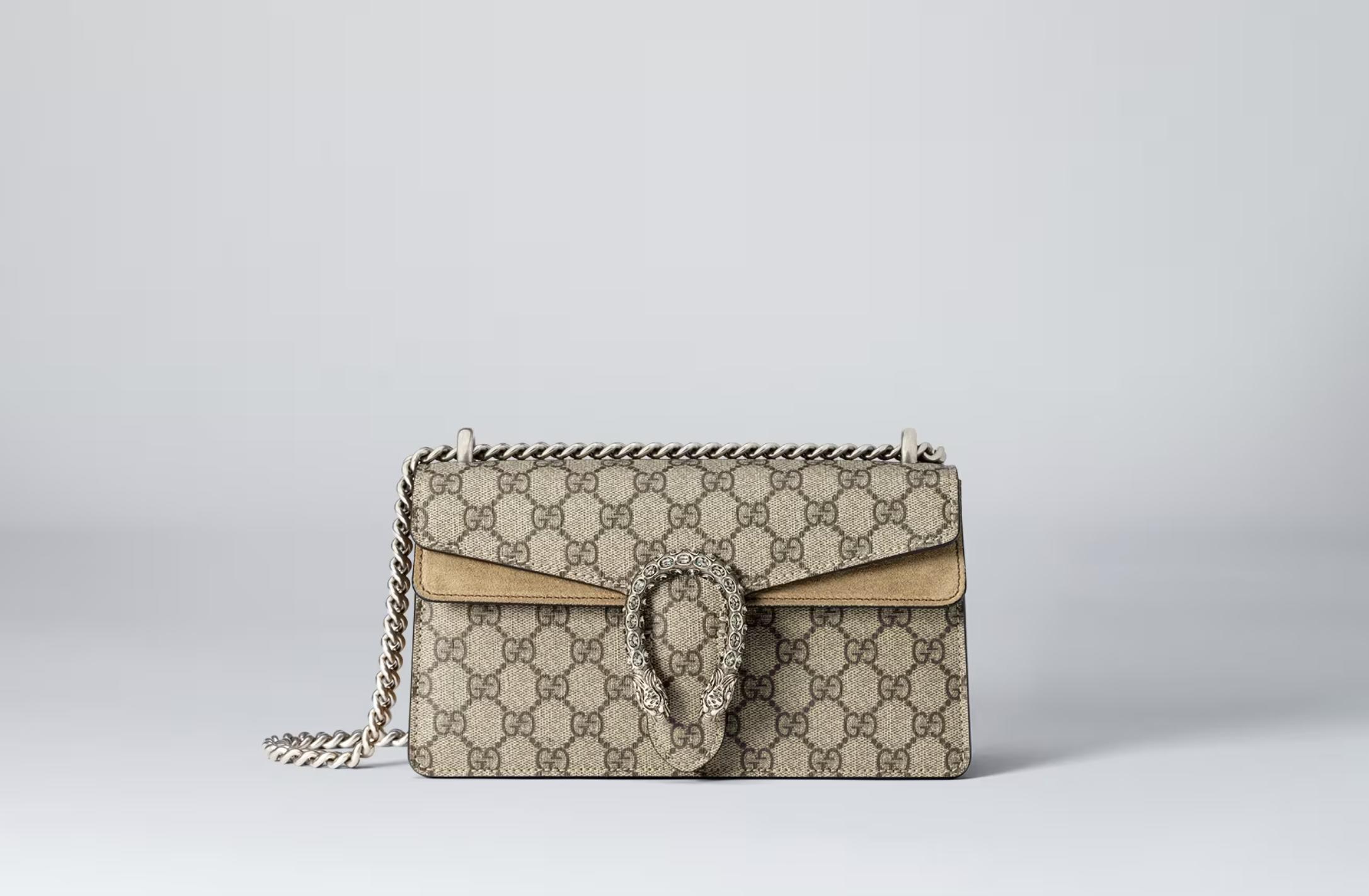
Regarding the sales network, Poulou expects that foot traffic in Gucci stores will continue to decline in the second half of the year.
“I must admit we don’t have a crystal ball. So far, we have not observed a significant increase in foot traffic. In fact, except for Japan, foot traffic in nearly all regions faced tremendous pressure in the first quarter, especially in Asia. We hope the launch of new products will drive more foot traffic. However, it’s not just about novelty; the overall environment also plays a role.”
Claire Roblet revealed that Gucci does not have a brand new store concept, “at least not until the end of 2025 or early 2026.”
“Whether a new collection needs a brand new store concept is not necessary, I think. When Alessandro Michele (the former creative director) launched new collections, we did not introduce new store concepts, but it did not hinder success.”
“Consistency between products and offline stores is important, but there is also a more prudent approach, which is to upgrade and renovate,” said Roblet. “Gucci is upgrading existing stores, taking the opportunity to renovate every 7-8 years. We do not plan to make large-scale expansions or closures in terms of stores.”

Poulou specifically discussed Gucci’s performance in the Chinese market, “Clearly, China is currently one of the most challenging markets for the brand. All of Gucci’s weaknesses are magnified in this region, especially in terms of brand perception.”
“Gucci is currently not in the best position in the perception of Chinese consumers, being considered either not high-end enough or not accessible enough,” Poulou added. “The way to attract customers could be by introducing more high-end products, making them feel like an investment, or by making prices more accessible to motivate aspiring consumers. This is our current view of the Chinese market.”
Poulou mentioned the latest initiatives in the Chinese market, including “enhancing the in-store retail experience, as providing the best experience for customers visiting our offline stores is crucial.”
“We are also committed to improving the quality of brand recognition and consumer communication,” Poulou stated. “Some people may have noticed that the tone of our communication with consumers has changed over the past month, with Sabato de Sarno‘s aesthetics enhancing the brand’s uniqueness. Moreover, we are also working with local brand ambassadors to ensure that our communication in China adopts a localized tone.”
“These actions will take time to bear fruit, and we know we need to be patient,” Poulou added.

Discussing the future of Gucci, Poulou stated, “Based on the challenging revenue situation in the first quarter, we expect the trend in the second quarter not to be significantly different.”
Roblet added, “Compared to the previous quarter, we have observed a slight improvement in the trend of young customers in some regions. However, we still need more signs of recovery to stay optimistic. We will review Gucci’s cost base to eliminate any inefficiencies in the cost structure, but at the same time, we do not want to compromise on investments and expenditures that we believe are crucial to Gucci’s recovery.”
“We know this may take several quarters, but we must remain focused,” concluded Poulou.
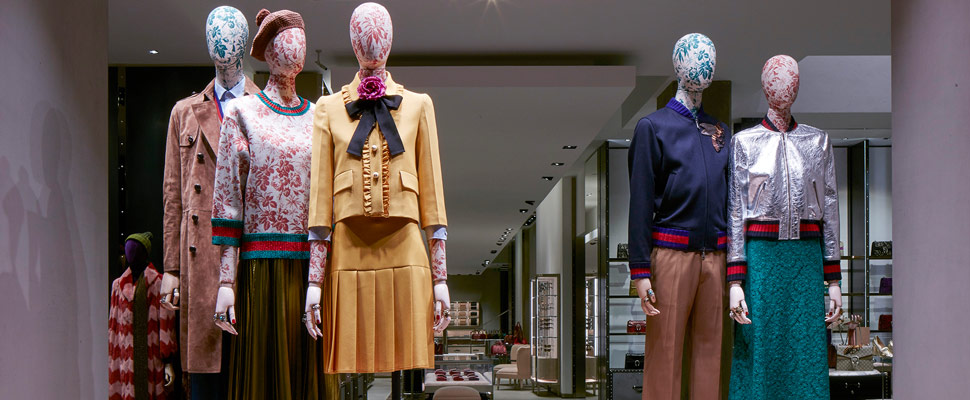
| Source: Kering Group conference call
| Image Credit: Gucci official website
| Editor: LeZhi

